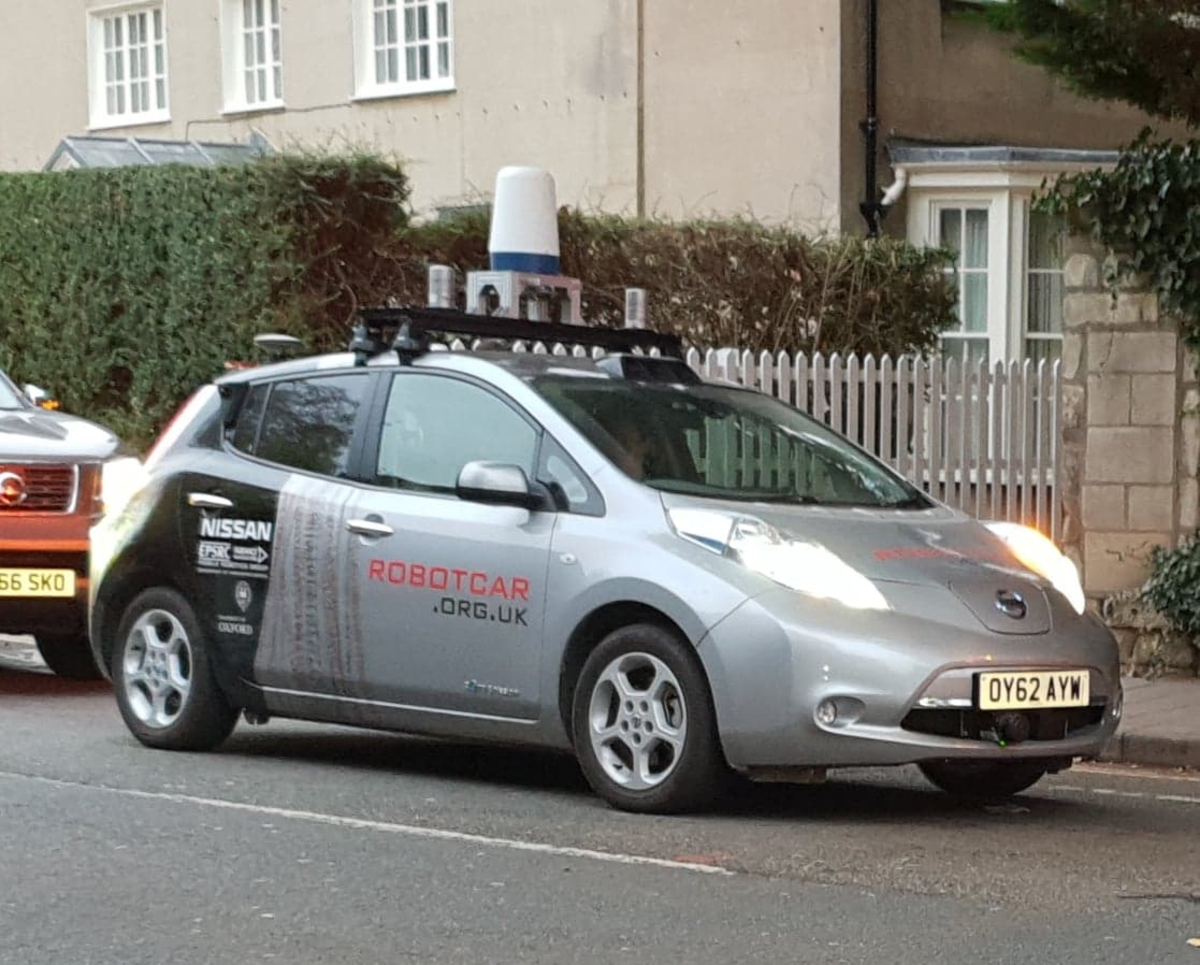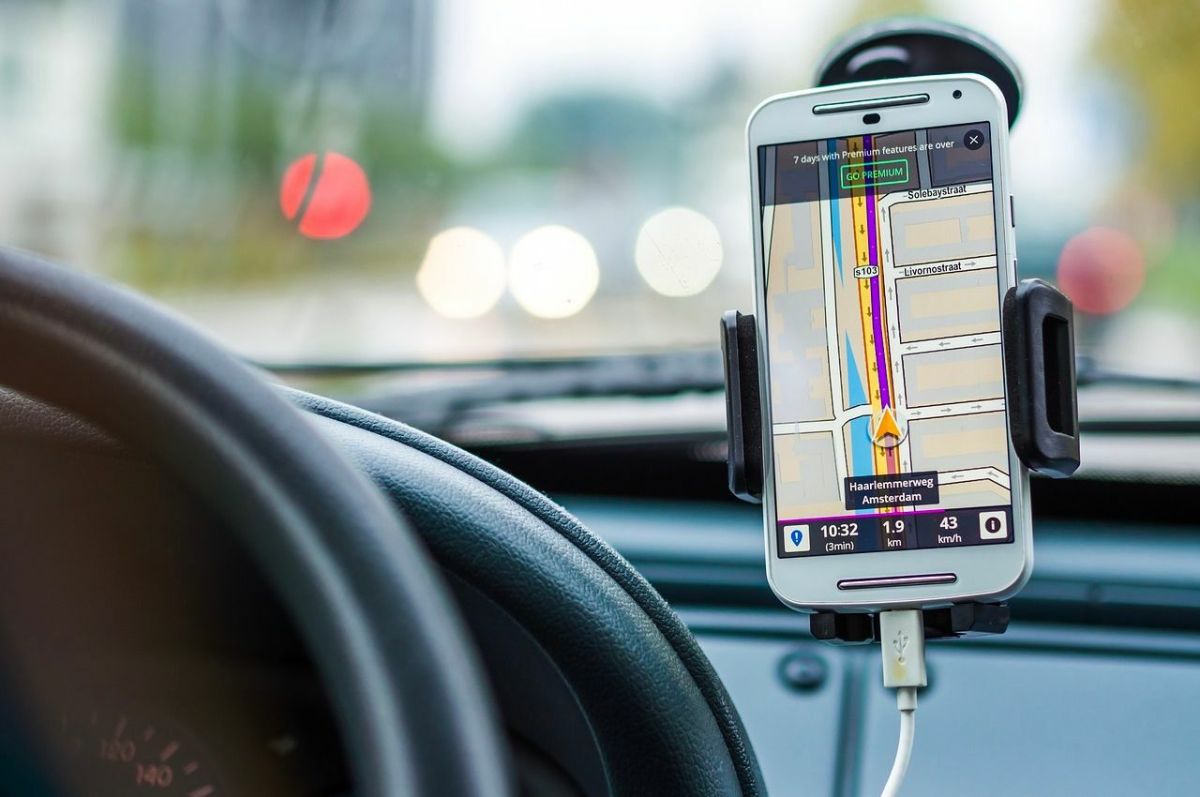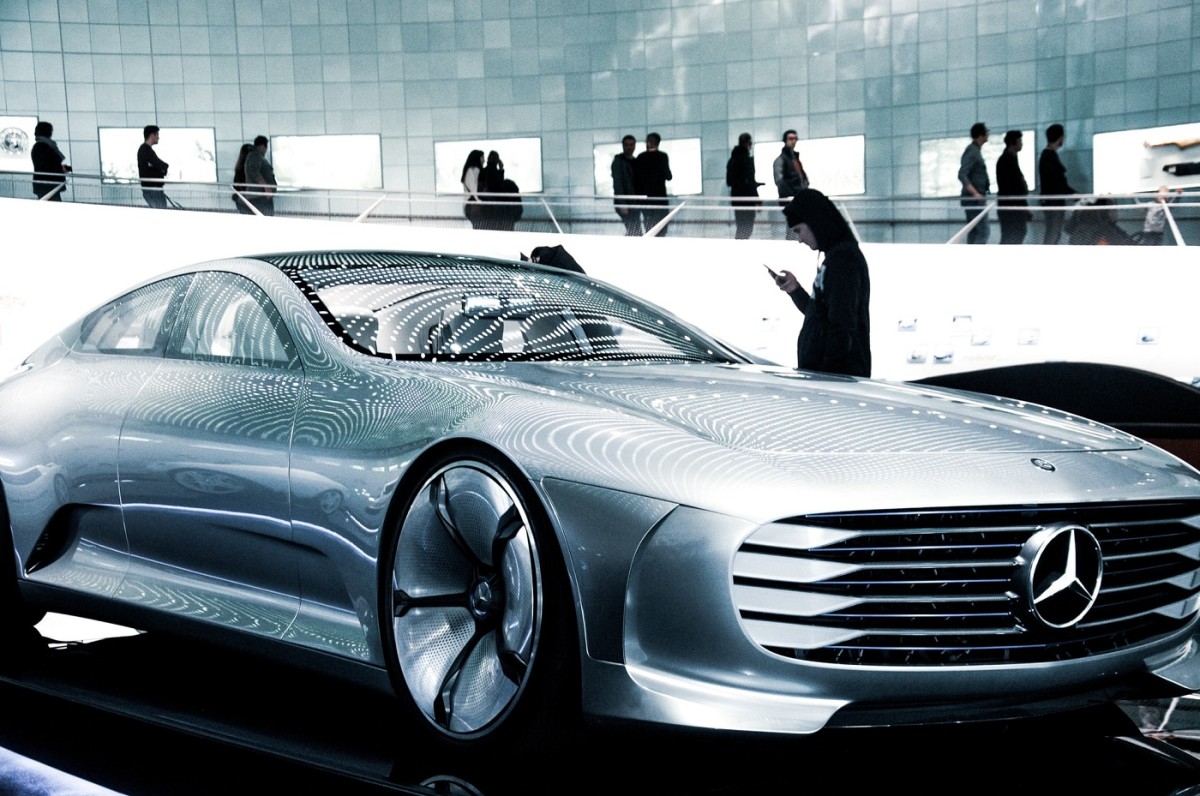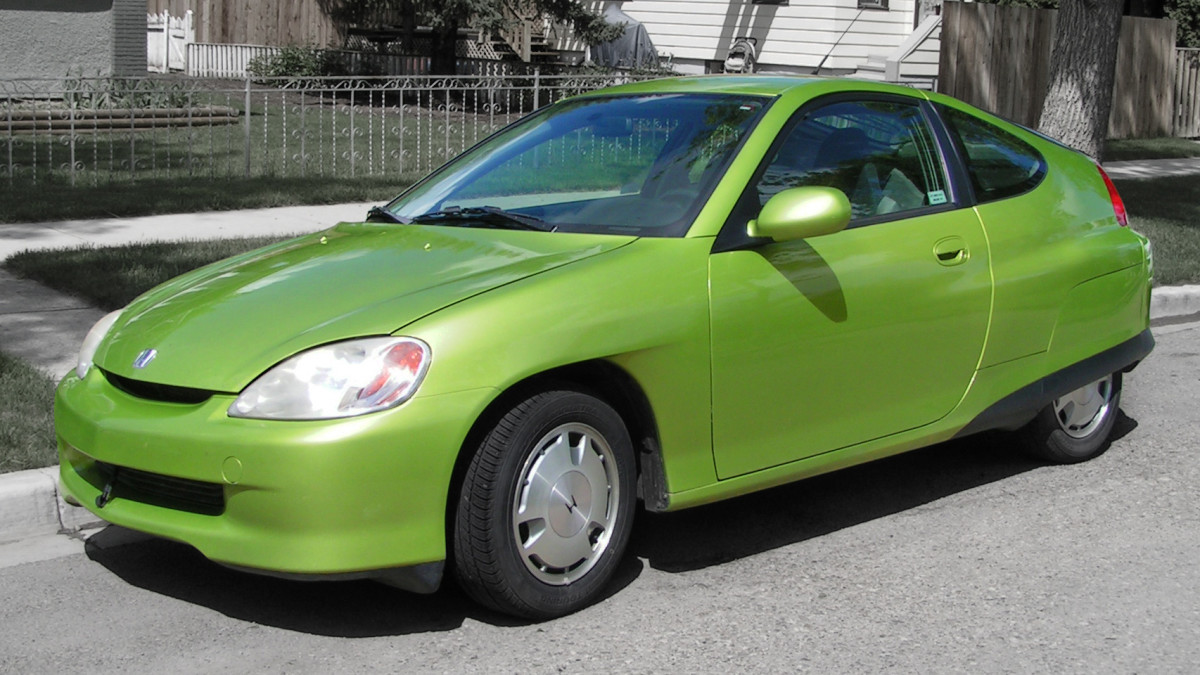Self Driving Cars: The Future of Transporation?
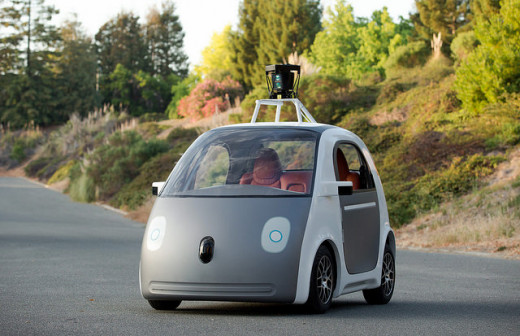
Solvable Problems
Elderly drivers pose a significant problem in America. As seniors pass the age of 80, their vehicular fatality rates jump to 5.5 times those middle-aged drivers, per mile driven (Consumer Reports). Is there any way to solve this problem, short of depriving senior citizens of their independence? Soon, the answer will be yes. Self-driving cars are just around the bend, and this is just one of many problems they can and will solve. When Google's autonomous cars finally hit the road, they will solve or significantly reduce traffic congestion, drunk, distracted or drowsy driving, save thousands of lives, and more. Self-driving vehicles can radically transform modern transportation.
Autonomous driving technology
Autonomous Technology
The concept of an autonomous car is simple in concept, if not execution: Lasers scan the vehicle's surroundings, while a GPS maps out the route, down to stoplights and intersections. To “see” its surroundings, Google's self-driving car uses LIDAR (Light Detection and Ranging) technology mounted on its roof. Lasers are projected at the target(s), and a computer analyses the reflection to determine the object's distance. By continuously scanning its surroundings, the vehicle can create a dynamic digital map that allows it to react in real time to pedestrians, cyclists, vehicles, and other potential anomalies (Anthony).
Progressing at a rapid rate, Google's LIDAR can now detect and navigate over a thousand more situations than it could in 2012, and is capable of tracking and recognizing hundreds of objects simultaneously. A cyclist indicating a turn signal, the road maintenance sign put up the other day, traffic cones and construction, pedestrians and road obstructions are all fluidly detected and compensated for in real-time (Anthony).
If LIDAR is the brain that intelligently compensates for changing situations, the GPS functions as the limbs, mapping out the best possible route for the vehicle. Though ambiguous, Google's press releases strongly indicate that their road mapping systems are finely tuned to specific locations, suggesting that future monetization of autonomous cars will include various "map packs" as one travels across the country (Anthony).
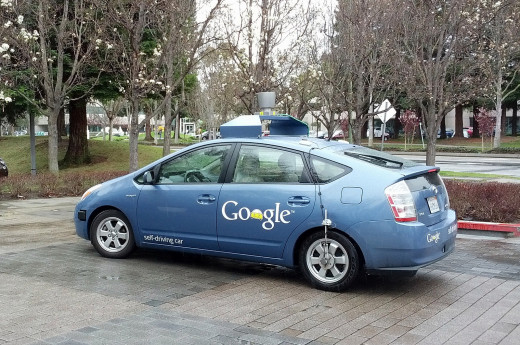
Inanimate Value
Once self-driving cars become commercially available, consumers and businesses alike will reap their benefits across the country. Their potential to the blind and handicapped are immediately obvious - Google has even featured a blind passenger in one of its promotional videos - but the rewards autonomous vehicles have to offer extend far beyond the disabled.
Drastic improvement in urban traffic is one of those rewards. In San Francisco, officials estimate that 30% of traffic is caused by people looking for parking. Imperial College in London found that 40% of all gasoline in urban areas is burned while circling for a parking spot (Wagstaff). Yet, autonomous vehicles don’t necessarily need to be parked. Emilio Frazzoli, professor at MIT, found that self-driving cars could provide astonishing benefits in an urban environment. In a case study on automated mobility in Singapore, Frazzoli envisioned a fleet of taxi-like self-driving cars constantly taking people to and from their destinations, never stopping to park or idle. He found that a group of 300,000 cars could handle Singapore’s highly condensed 6 million people (Wagstaff). As NBC News succinctly put it:
“With smartphone-summoned self-driving cars, less gas would be wasted in traffic and looking for parking. Smart algorithms could also make sure cars are driving where they are needed most and encourage passengers to ride together to similar destinations…” (Wagstaff)
Reducing traffic delays and gas consumption aren’t all the self-driving car has to offer. Drunk and distracted driving is completely eliminated when a computer takes control. Drunk drivers kill nearly 11,000 people a year on average, or nearly 30 people every day. The financial cost is large as well: $59 billion annually (CDC). Distracted driving, meanwhile, causes 17% of the economic cost of traffic accidents and results in 10% of all traffic deaths (Morcroft).
A computer can’t get drunk, tired, distracted by a buzzing phone, or rubberneck at a gruesome traffic accident. It simply goes from point A to point B, safely. Google's self-driving car has logged over 700,000 miles (Anthony) with a mere two accidents, both, ironically, the result of human error. One was rear-ended at a traffic stop; the other involved a minor accident after a human driver took the wheel (Holt). This safety results in huge dollar savings across the board: a study by the Eno Center for Transportation found that if 90% of cars were self-driving, “... economic and other benefits could reach a staggering $447 billion…” (Lowy).
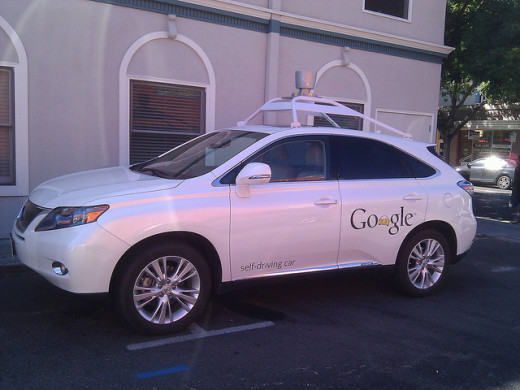
On the Road...At What Cost?
Unfortunately, a self-driving car won’t be minor purchase, at least initially. Google’s car features about $150,000 in onboard equipment, including a $70,000 LIDAR (Anthony). That’s just the hardware; software development and computer systems are sure to bump the price up even more. Ultimately, experts predict that early adopters are in for some pretty nasty sticker shock, upwards of $100,000, once the cars are commercially available (Wagstaff). However, as per Moore’s law and simple economics, the price is expected to come down drastically in the future as production catches up with demand.
Regardless of initial sticker shock, the evidence is quite clear: Kick humans out of the driver’s seat to save tens of thousands of lives, accrue hundreds of billions in savings annually and drastically reduce urban traffic. Self-driving cars are right around the corner, and they’ll fundamentally alter modern transportation as we know it.
Do you like the idea of autonomous cars?
Works Cited
Works Cited
- Sebastian Anthony, http://www.extremetech.com/extreme/181508-googles-self-driving-car-passes-700000-accident-free-miles-can-now-avoid-cyclists-stop-for-trains, accessed 11/2/14
- Keith Wagstaff, http://www.nbcnews.com/tech/innovation/can-l-kill-traffic-self-driving-cars-n217211, accessed 11/2/14
- Consumer Reports [author unknown], http://www.consumerreports.org/cro/magazine/2012/10/teenagers-and-older-people-are-the-riskiest-drivers/index.htm, accessed 11/2/14
- Brady Holt, http://boston.cbslocal.com/2014/06/23/are-self-driving-cars-safe/, accessed 11/3/14
- Joan Lowy, http://www.huffingtonpost.com/2013/10/23/self-driving-cars-study_n_4144183.html, accessed 11/3/14
- CDC.gov [author unknown], http://www.cdc.gov/motorvehiclesafety/impaired_driving/, accessed 11/3/14
- Greg Morcroft, http://www.ibtimes.com/scary-number-people-are-killed-each-year-distracted-drivers-1592534, accessed 11/3/14
© 2015 Nu Vew


